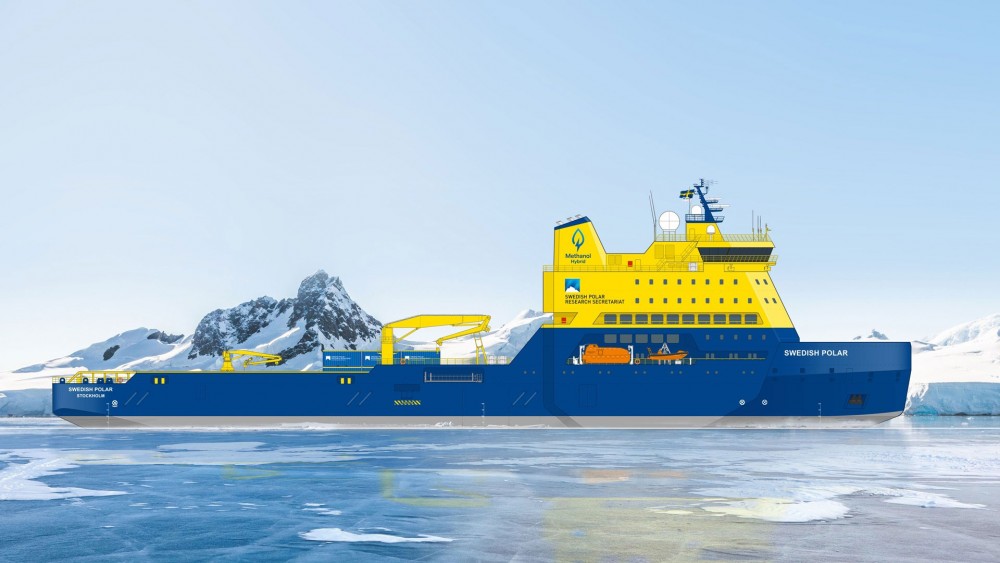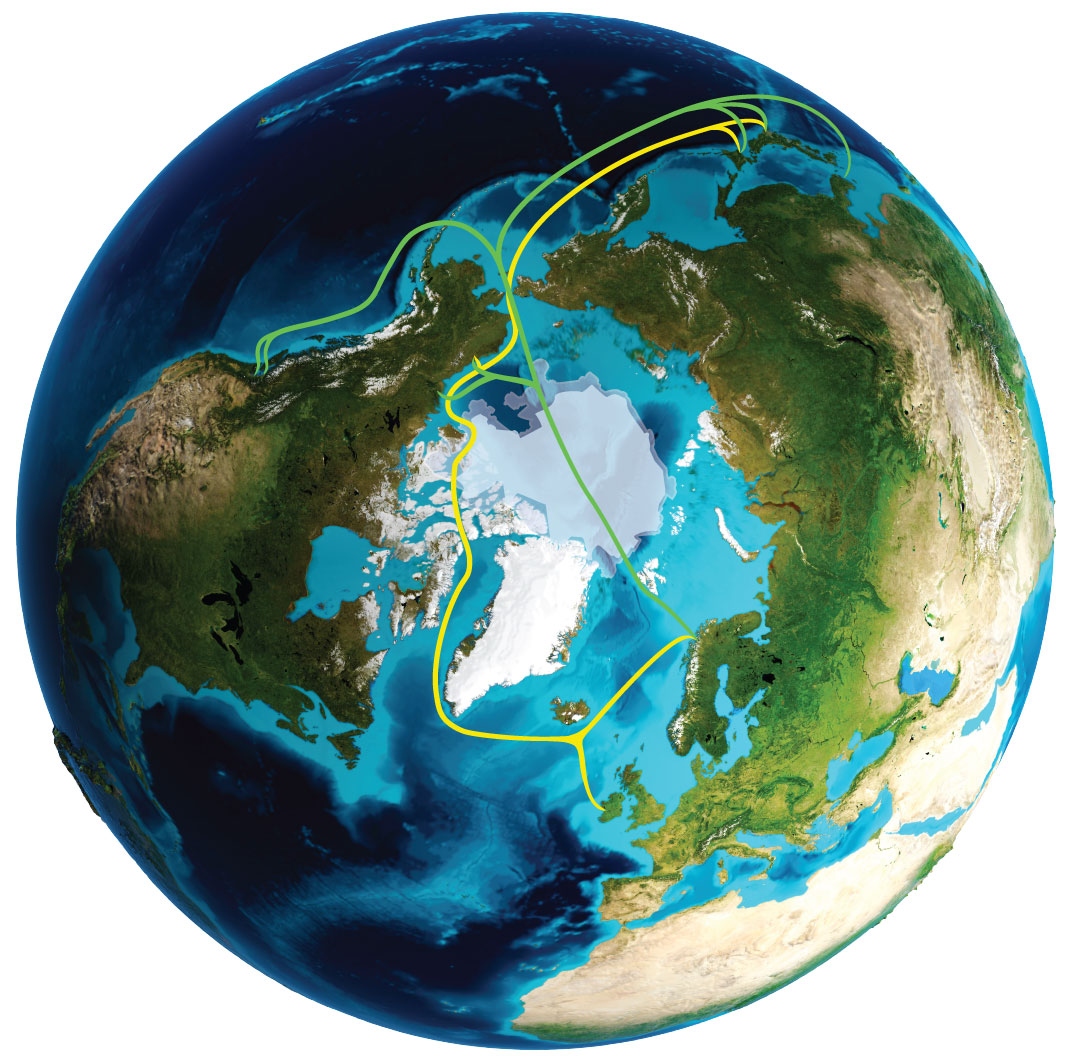Landmark Nordic declaration includes plan for new icebreaker
“The building of an icebreaker will geopolitically strengthening our presence in the region,” the governments of Sweden and Finland write in a joint declaration for extended cooperation.

The government leaders from the two new NATO member states last week met in Stockholm to discuss a comprehensive extension of cooperation. They were accompanied by several ministers from both sides.
“It’s wonderful to see how close we are and how much we can cooperate both internationally and bilaterally,” Finnish Prime Minister Petteri Orpo underlined as he met his Swedish colleague Ulf Kristersson.
The declaration signed during the visit includes a number of priorities, among them defense cooperation, civil preparedness, emergency planning, and security of supply.
Also Arctic research is on the list, and the two countries intend to jointly develop a new icebreaker.
“Sweden and Finland have Arctic expertise to jointly explore the development of a state-of-the-art research icebreaker to ensure sustainable and independent Arctic operations,” the document reads.
The new vessel is to help strengthen the two countries’ presence in the Arctic.
According to the declaration, the ship will “facilitate the roll-out and repair of subsea cables, and geopolitically strengthening our presence in the region.”

A key role for the new vessel might be participation in the projected Polar Connect, an initiative on laying a fibre-optic cable on the seabed across the Arctic Ocean. The cable is to be equipped with smart sensors that will ensure its protection, as well as gather critical environmental data from the seabed.
According to a consortium that includes the NORDUnet, the Swedish Research Council and the Swedish Polar Research Secretariat, the objective is to “open a new digital route between Europe and East Asia that will ensure fast and secure connectivity in the future.”
At least three icebreakers will be needed for the project, an article published by Finnish company Aker Arctic writes. In addition the Swedish icebreaker Oden and another icebreaker — such as the Finnish Fennica or Nordica — refitted as a cable laying vessel, a heavy polar class icebreaker to tackle the Arctic ice will be needed.
As such vessels are not available in the market, one would have to be built.
The Finnish company Aker Arctic Technology says it has helped the Swedish Polar Research Secretariat with ice management plans for the mapping of the seabed and pre-feasibility studies on the heavy polar research icebreaker.
The vessel will be a heavy polar icebreaking research vessel designed for research, icebreaking, ice management and escort operations in Polar (Arctic and Antarctic) environments. It is also designed and suitable for open water operations world-wide, a description of the ship reads.
It will be about 140 meter long and have a propulsion power of at least 40 MW. On board will be accommodation for 120 people. It will be powered by methanol or biodiesel, and endurance in polar operations is to be at least 100 days.
According to Katarina Gårdfeldt, Director-General at the Swedish Polar Research Secretariat, construction of the polar icebreaker should being in 2025.
“We have thoroughly researched plans how to achieve our goal. Now we need a political decision and the financial support,” she highlights.
“Sweden could take the lead in this and collaborate with other countries. Apart from EU-financing, we are hoping to attract private investors keen in the fibre-optic data connection.”
Located in Kirkenes, Norway, just a few kilometres from the borders to Russia and Finland, the Barents Observer is dedicated to cross-border journalism in Scandinavia, Russia and the wider Arctic.
As a non-profit stock company that is fully owned by its reporters, its editorial decisions are free of regional, national or private-sector influence. It has been a partner to ABJ and its predecessors since 2016.